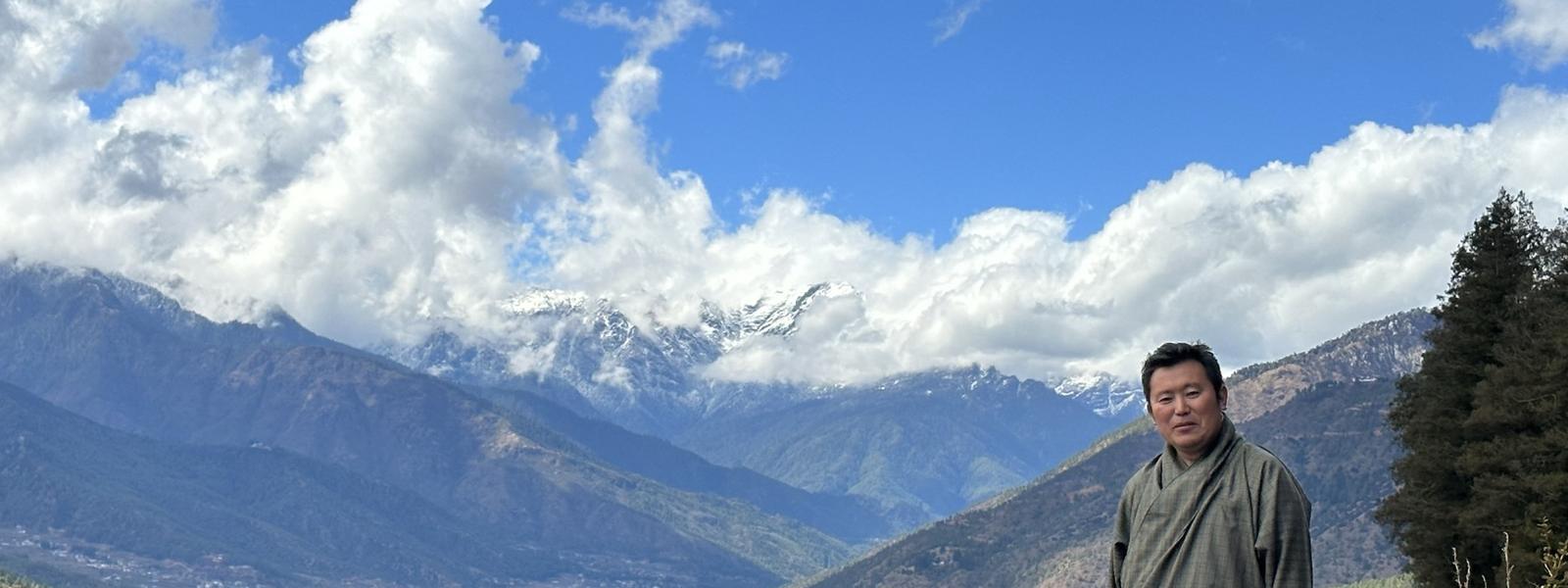Bhutan weather & when to go: July
Bhutan July weather overview
Few people choose to visit Bhutan in July. The Indian monsoons make this one of the wettest and most humid months of the year. Visibility is poor in the mountains due to low-hanging cloud, and much of the countryside becomes too muddy for trekking.

Bhutan weather & when to go
Pick a month below
July’s weather in detail
The often-torrential monsoon rains of July fall mostly in the southern and western regions of Bhutan. Inland valleys such as Punakha tend to be a little drier, while in the mountainous north rainfall is much lower, but heavy cloud cover can be experienced. Flights into Paro airport are sometimes cancelled due to poor visibility, and overground travel can also be delayed as the heavy rainfall can cause landslides on occasion. Paro and the capital Thimphu share a similar climate, and both see up to 90% of their annual precipitation during the summer months, so if you decide to visit Bhutan in July, waterproof clothing is essential.
It’s not all bad news: the landscape is wonderfully verdant, and fruit is ripening nicely on the branches. Sporadic tshechus take place around the country, including the popular Nimalung Tshechu in Bumthang, with masked dances and the unravelling of an immense scroll painting. Travel to Bhutan in July and you’ll see far fewer visitors at the popular sites of Taktsang Goemba and Punakha Dzong.
Bhutan festivals in July
Haa Summer Festival
A quiet little town west of Paro and Thimphu through the Chele La Pass, Haa nevertheless puts on a thrilling religious and cultural festival. Here you can watch displays of archery and javelin-throwing while enjoying a cup of ara, the fiery local moonshine.

